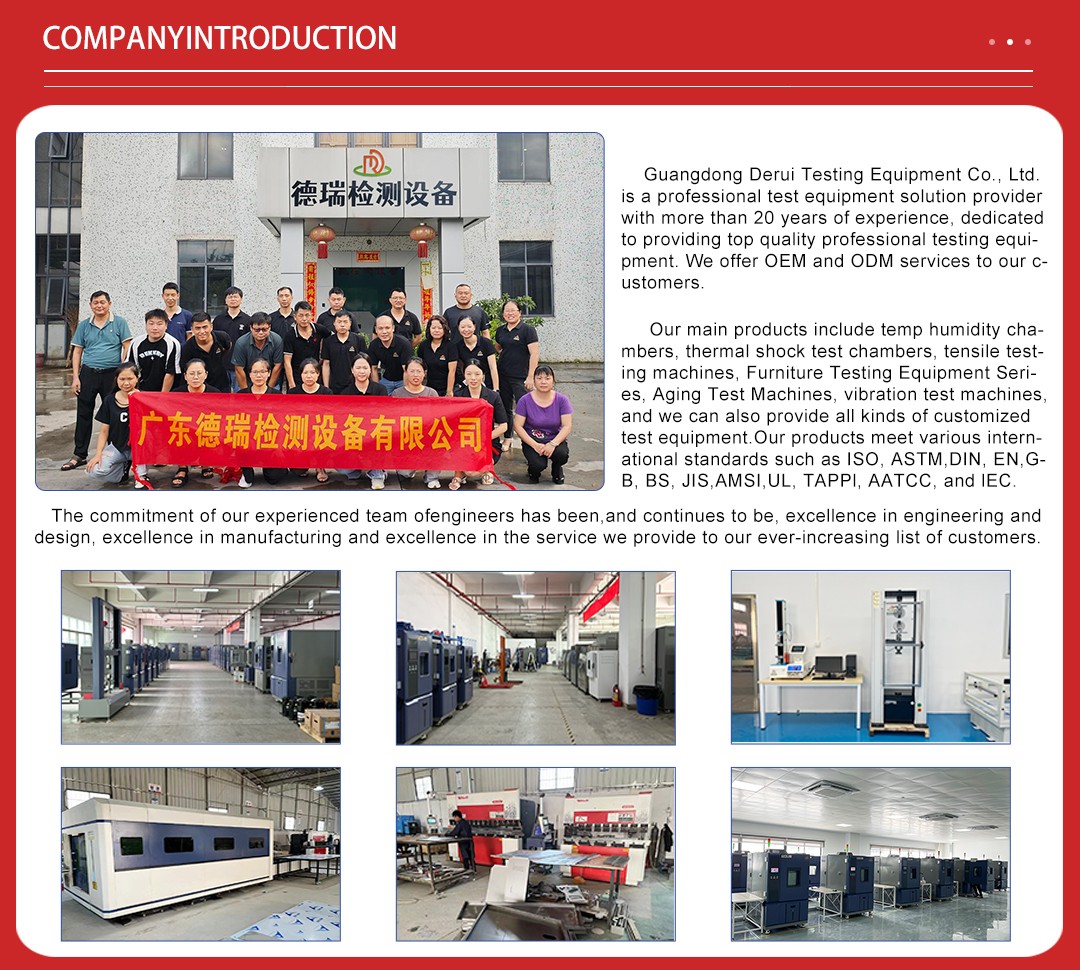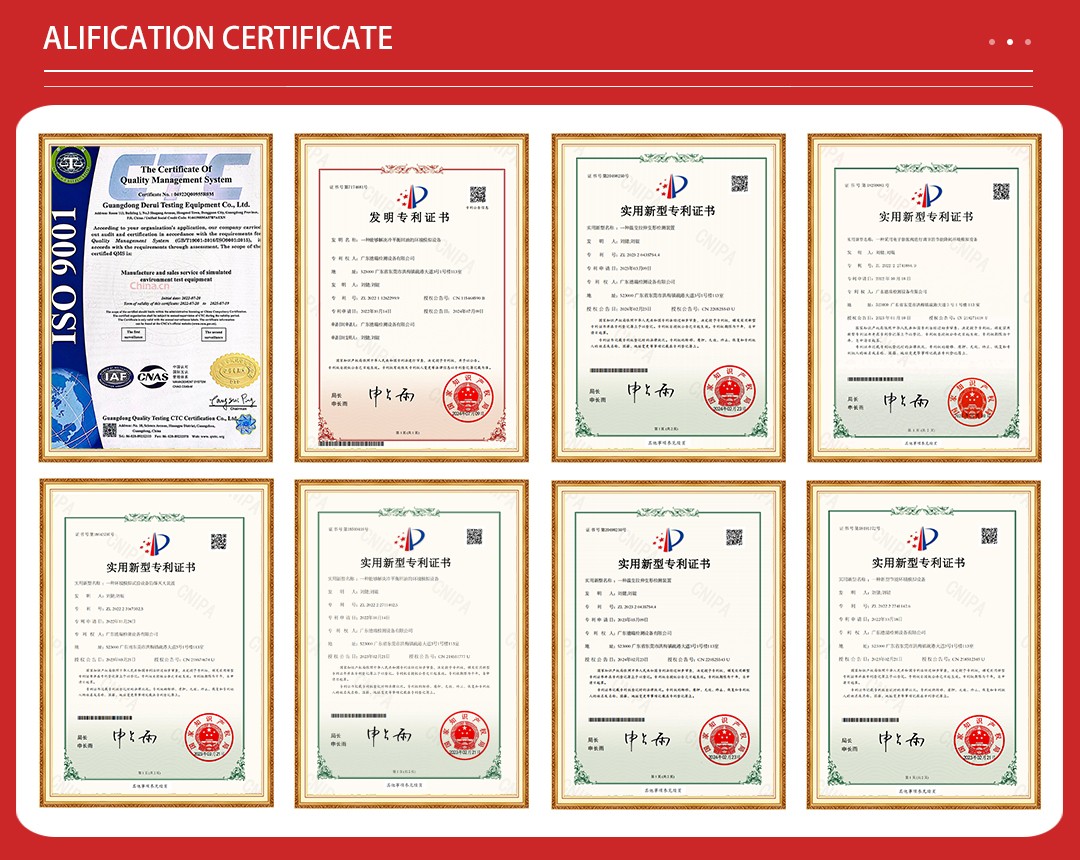
Dust and Sand Test Chamber, also known as a Dust and Sand Storm Test Chamber, is an environmental testing device used to simulate the effects of dust and sand exposure on various materials, products, ...

Dust and Sand Test Chamber, also known as a Dust and Sand Storm Test Chamber, is an environmental testing device used to simulate the effects of dust and sand exposure on various materials, products, and components. This type of testing is crucial for assessing the durability, performance, and reliability of equipment in conditions where dust and sand are prevalent, such as in arid and semi-arid regions, deserts, and industrial environments with high particulate matter.

Controlled Dust and Sand Exposure:
The primary function of a Dust and Sand Test Chamber is to simulate the abrasive effects of dust and sand on products or components. It is equipped with a high-efficiency dust and sand distribution system, ensuring uniform exposure to the test samples within the chamber. The chamber’s internal environment can be adjusted to mimic real-world conditions, such as wind speeds, temperature, and humidity, in addition to varying dust and sand concentrations.
A critical feature of the chamber is its ability to regulate the concentration of dust and sand. The concentration is controlled by a built-in feeder system that can disperse specific quantities of particles over the test area. This enables the simulation of various environmental conditions, from light dust storms to intense sand storms, depending on the requirements of the test.

IEC 60529: Ingress protection (IP) ratings for enclosures.
MIL-STD-810: Military standards for environmental testing, particularly for sand and dust resistance.
ISO 12103: Road vehicle testing, to simulate the effects of dust on automotive parts and components.

Automotive Testing: To simulate the effects of sand and dust on vehicles, including engines, filters, air conditioning, and body panels.
Electronics and Telecommunications: To check the ingress of dust particles in devices such as smartphones, computers, connectors, and circuit boards.
Military Equipment: For testing vehicles, weapons, communication systems, and other military hardware in desert or sandy conditions.
Aerospace: For testing aircraft components, avionics, and systems exposed to high particulate matter environments.
Solar Energy: To assess the accumulation of dust on solar panels and evaluate the impact on energy generation and efficiency.
Construction Equipment: Testing machinery used in desert regions or environments with high particulate matter to ensure durability and reliability.

| Item | Specification |
| Inner chamber size | 120 * 120 * 120cm |
| External size | 170 * 150 * 190cm (approx.) |
| Air pressure | 86~106kpa |
| Studio temperature | RT~60’C, adjustable |
| Amount of talcum powder | 2kg per cubic meter of the test chamber volume Can not have been used for more than 20 tests |
| Powder type | Talcum powder |
| Aspirator flowing quantity | 0~6L/min |
| Pressure tolerance | 0~2kpa |
| Metal net size | Wire diameter 50um, width of a gap between wires 75um |
| Testing time | 0~999h88m99s, adjustable |
| Blower | Centrifugal fan |
| Blowing dust cycle | Interval control, adjustable |
| Chamber material | SUS#304 stainless steel |
| Door material | Tempering glass |
| Control interface | LCD touch screen |
| Vacuum system | Pressure gauge, air filter, Pressure regulating FRL, connecting pipe, Vacuum pump |
| Weight | 400kg |
| Power supply | AC380V, 50Hz, three phase |

